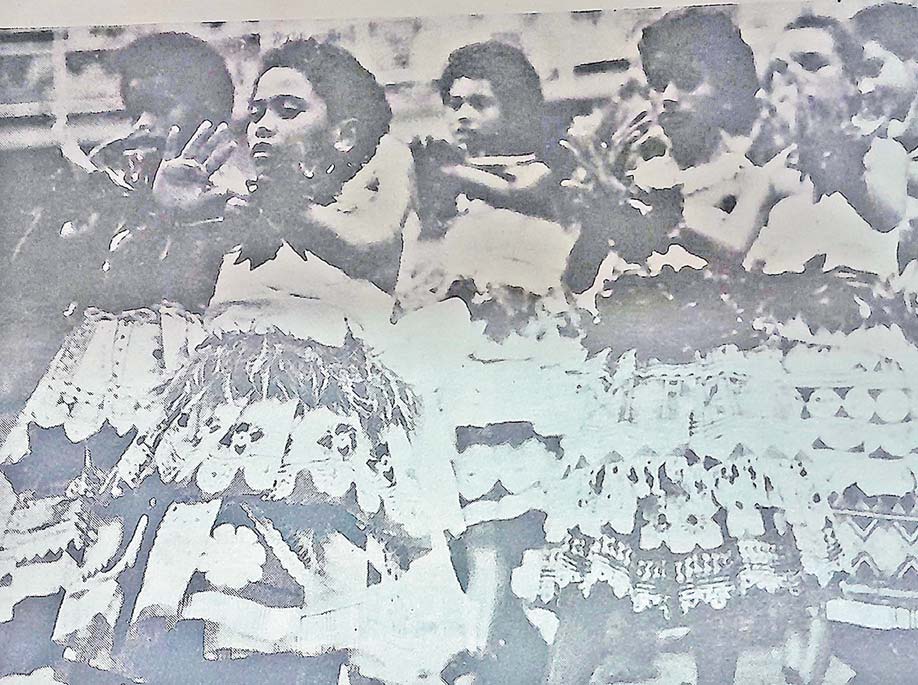Are the indigenous originally from Africa? Whatever the answer, according to The Fiji Times on August 1, 1996, a group of Fijians in Los Angeles planned to join thousands of people of African descent perform their native dances in an annual and successful tourism and cultural fair.
The report stated that the Fiji Los Angeles Association was invited by its sponsors, a non-profit organisation called the African Marketplace Inc, to showcase their traditional dances at the 1996 African Marketplace Trade & Travel Expo.
According to an association official, Susana Tuivaga, the Fiji dance troupe would perform on August 24, only once during the event from August 17 to September 2.
The report quoted Ms Tuivaga as saying it was the first time Fijians had been invited, and although the dances were ethnically indigenous, the performers would be mixed to reflect the multiracial make-up of the association.
It stated the association planned to put on a vakamalolo (sitting dance) and a seasea (standing dance), adding there be representatives of more than 22 cultures and 140 countries.
“But it won’t just be confined to a dancing activity for the association, there will also be a Fiji booth there complete with tourism promotional material and handicraft from Fiji, aimed at tapping the $45 billion African American community spends of tourism and travel,” Ms Tuivaga said.
“Air Pacific and the Fiji Visitors Bureau are expected to sponsor the booth.
“The assistance of the FTIB is also being sought by way of promoting Made-in-Fiji goods.
“The event aims to help cultural, economic exchange between communities of the African diaspora and rebuild the inner-city community of South Los Angeles.”
In addition, The Fiji Times’ report stated, as many as 300,000 people were expected to visit the fair.
“Theatre dancers, musicians, poets, storytellers and authors will read and perform on seven stages providing over 250 hours of continuous entertainment.
“Participants include indigenous Africans and African diaspora descendants, representing 18 nations.”
The Fiji Times article stated the mission of the organisers was to “increase an understanding and appreciation of the worldwide influences of the African diaspora and the philosophy of a global village through improved interethnic communications”.

